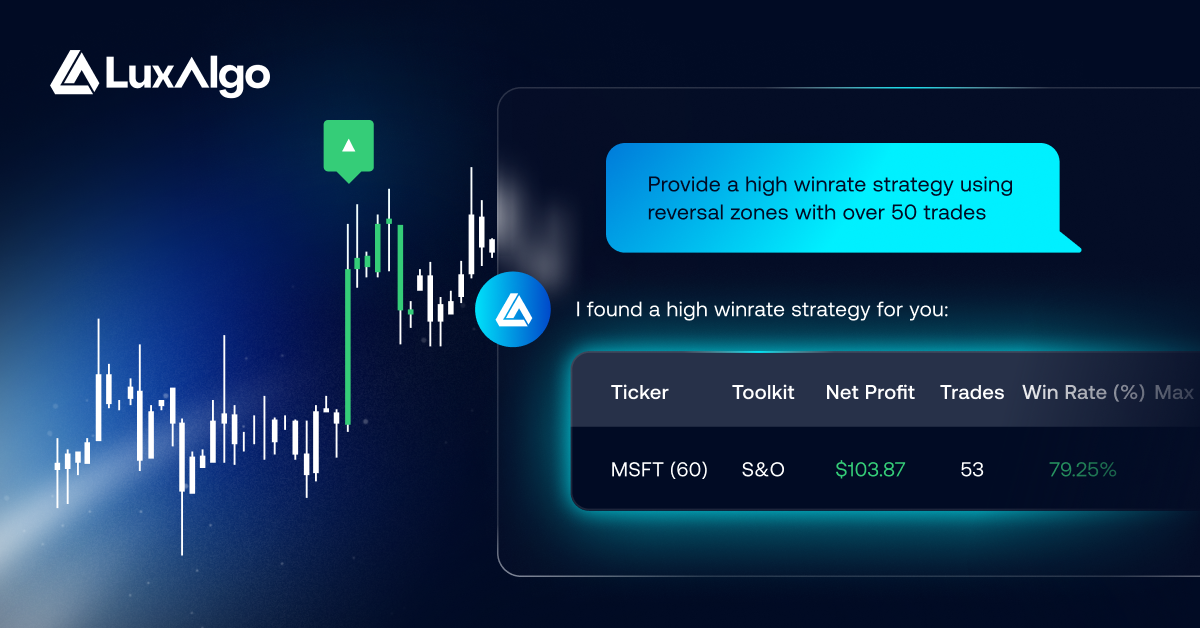Explore the intricacies of short selling in the stock market, including strategies, risks, regulations, and effective risk management practices.
Short selling is a trading strategy where you borrow shares of a stock, sell them at the current price, and aim to buy them back later at a lower price to make a profit. Unlike the typical “buy low, sell high” approach, short selling profits from falling stock prices. However, it carries high risks, including the potential for unlimited losses if the stock price rises instead.
Key points:
- How it works: Borrow shares → Sell them → Wait for a price drop → Buy back cheaper → Return shares to the lender.
- Why it’s used: Traders use short selling for speculation (betting on price drops) or hedging (offsetting losses in other investments).
- Risks: Unlimited losses, margin calls, borrowing fees, and potential short squeezes (when prices surge rapidly).
- Costs: Includes stock borrowing fees, margin interest, and dividends owed to the lender.
Short selling is tightly regulated in the U.S., with rules like Regulation SHO and the Short Sale Restriction (SSR) to ensure market fairness. While it can be profitable during market downturns, it requires constant monitoring and a solid risk-management plan to avoid significant losses.
What Is Short Selling?
How Short Selling Works
Short selling operates through a series of structured steps that traders need to fully grasp before diving in.
Short Selling Process: Step by Step
Short selling happens within a margin account, and here’s how the process unfolds:
- Open a margin account: A standard cash account won’t cut it for short selling. You’ll need a margin account, which allows you to borrow money and securities from your broker – an essential part of short selling [2].
- Find a stock to short: Identify stocks you expect to drop in price. This requires analyzing the company’s fundamentals or studying technical indicators [2].
- Confirm shares for borrowing: Your broker must verify that the shares you want to short are available to borrow. Stocks from smaller companies or those in limited supply might not be available [2].
- Place your short-sale order: Once borrowing is confirmed, you execute the short sale by selling shares you don’t own, with the obligation to buy them back later [2].
- Track your position: Short selling demands constant monitoring since potential losses are theoretically unlimited. Keep an eye on stock prices, relevant news, and margin requirements [2].
- Close your short position: To exit, you’ll need to buy back the same number of shares you initially sold – this is referred to as “covering” your position [2].
- Evaluate the trade: Once the trade is closed, review the outcome, including fees and costs, to refine your strategy [2].
For instance, let’s say you short 100 shares of XYZ at $50. You’d initially receive $5,000 from the sale. If the stock drops to $40, buying back those 100 shares would cost $4,000, leaving you with a $1,000 profit (before fees). However, if the stock rises to $65, covering your position would cost $6,500, resulting in a $1,500 loss [2].
With the process understood, it’s critical to also consider the regulations governing short selling in the U.S.
U.S. Regulations for Short Selling

Short selling in the U.S. is regulated by the Securities and Exchange Commission under the Securities Exchange Act of 1934 [2].
Regulation SHO addresses failures to deliver and prohibits naked short selling. It also requires brokers to confirm that shares can be borrowed and delivered before executing a short sale [3].
Rule 201 (SSR) comes into play when a stock’s price drops 10% or more from the previous day’s close, restricting new short sales to upticks for the rest of that trading day and the next [4].
Margin requirements are another critical factor. FINRA, the NYSE, and the Federal Reserve set minimum maintenance margin levels, typically around 25% of the position’s market value [2].
Beginning January 2 2025, Exchange Act Rule 13f-2 will require certain institutional managers to report short-sale details to the SEC, further increasing transparency [5].
Short Selling Costs and Fees
Understanding the costs tied to short selling is just as important as knowing the mechanics.
- Stock-borrowing fees: These vary widely. Easy-to-borrow large-caps often cost little, but hard-to-borrow names can exceed 100% annualized and, in rare cases, 1,000% [2][7].
- Margin interest: Interest accrues daily on the value of borrowed shares.
- Dividends: Short sellers owe any dividends declared during the position.
Timing matters. Many day traders close shorts before 8:00 p.m. ET to avoid extra borrowing fees [6].
If rising prices push equity below maintenance levels, a margin call forces additional funds or a forced buy-in [8].
Short Selling Examples
Real-world scenarios show how short selling can lead to both profits and losses. These examples help explain the mechanics behind successful and unsuccessful short trades.
Profitable Short-Sell Example
Imagine an investor analyzing XYZ at $50. Expecting a drop, they borrow 100 shares and sell, receiving $5,000. After weak earnings, the price falls to $40. Buying back costs $4,000, locking in a $1,000 gross profit. With a $20 fee, net profit equals $980.
Losing Short-Sell Example
Suppose the same investor holds, and a takeover boost pushes XYZ to $65. Covering costs $6,500, a $1,500 loss. In a steeper rise to $100, the loss balloons to $10,000, possibly triggering a margin call.
Short Selling Risks and Considerations
Main Risks of Short Selling
Short sellers face unlimited losses, margin calls, borrowing-fee spikes, short squeezes, dividend liabilities, and regulatory constraints [9].
Short Selling Pros and Cons
| Pros of Short Selling | Cons of Short Selling |
|---|---|
| Profit during market downturns [11] | Potential for unlimited losses [1] |
| Hedge long exposure [11] | Vulnerable to short squeezes [11] |
| Encourages critical analysis [11] | Borrowing fees and interest reduce returns [1] |
| Supports contrarian strategies [11] | Historical market trend is upward [11] |
Whitney Tilson, CEO of Empire Financial Research, notes:
“Having the mindset of a short seller is very valuable: It helps develop healthy skepticism, spot balance-sheet bombs, and identify value traps” [11].
Risk Management for Short Sellers
Best practices include buy-stop orders, small position sizes, monitoring borrow rates, avoiding ex-dividend dates, maintaining ample margin, and using platforms that flag real-time SSR events [4].
Tools for Short Sellers
Short selling demands precision. Data-driven services such as LuxAlgo provide advanced technical-analysis capabilities that help traders identify opportunities, manage risk, and act quickly.
LuxAlgo Features for Short Sellers

LuxAlgo is built around three primary TradingView toolkits, each tailored to different analytical needs:
- Price Action Concepts (PAC): Automatically identifies support, resistance, and market structures, helping traders time shorts near weakening zones.
- Signals & Overlays (S&O): Combines multiple signal engines to detect unusual price moves and volume spikes.
- Oscillator Matrix (OSC): Tracks money-flow divergences and momentum shifts, flagging early warnings of short squeezes.
- Market Structure Oscillator: Visualizes trend momentum so traders can confirm weakening uptrends before entering shorts.
- Hull Butterfly Oscillator: Offers precise trend-direction analysis that can strengthen bearish confirmation.
- Internal Candle Strength: Breaks each candlestick into micro segments, helping short sellers detect hidden supply absorption.
| Feature | Function | Benefit |
|---|---|---|
| Oscillator Matrix | Tracks real-time divergences | Highlights momentum shifts before squeezes |
| Signals & Overlays | Multi-algorithm signals | Detects unusual price and volume activity |
| AI Backtesting Assistant | Optimizes trading strategies | Tests setups across timeframes |
Each toolkit is supported by screeners and backtesters, scanning thousands of symbols automatically. The dedicated AI Backtesting platform lets traders refine short-selling strategies using historical data before risking capital.
Subscription Plans for LuxAlgo
- Free Plan: Lifetime access to the Library’s hundreds of indicators across 5+ platforms.
- Premium Plan: $39.99 per month, includes all three toolkits, screeners, custom alerts, and 24/7 support.
- Ultimate Plan: $59.99 per month, adds the AI Backtesting platform and advanced optimization tools.
Conclusion
Short selling lets traders profit from declining prices but introduces unique challenges such as borrowing fees, margin calls, regulatory limits, and unlimited-loss risk. A disciplined approach, robust risk management, and data-driven analytics from platforms like LuxAlgo can tilt the odds in a trader’s favor.
FAQs
What are the biggest risks of short selling, and how can traders manage them effectively?
Short selling carries serious risks. Unlimited losses, market volatility, and short squeezes can trigger rapid drawdowns. Diversification, stop-loss orders, put options, and real-time monitoring help contain downside.
How do rules like Regulation SHO and the Short Sale Restriction (SSR) affect short selling in the stock market?
Regulation SHO and the Short Sale Restriction (SSR)
Regulation SHO governs locate requirements and settlement. The SSR is triggered by a 10% intraday price decline, limiting new shorts to upticks for that day and the next, which can reduce trade flexibility during sell-offs.
What strategies and tools can help traders find short selling opportunities and limit potential losses?
Technical indicators (moving averages, RSI), short-interest data, and market-sentiment tools can highlight bearish setups. Disciplined position sizing, stop-loss orders, and real-time risk-management tools further protect capital.
References
- Ultimate Guide to Technical Analysis Tools
- PAC: Market Structures
- Oscillator Matrix™ Indicator
- AI Backtesting Assistant Breakdown
- Fetching Strategies with AI Backtesting
- New AI Backtesting Features
- Triangular Momentum Oscillator
- LuxAlgo Home
- LuxAlgo AI-Technology Articles
- Market Sentiment Technicals
- Risk-Management Tool
- Market Structure Oscillator
- Hull Butterfly Oscillator
- Internal Candle Strength
- AI Backtesting Platform
- Investopedia – Short Selling
- U.S. SEC
- SEC – Regulation SHO
- TradeZero – SSR Explained
- FINRA
- NYSE
- Federal Reserve
- Skadden – New Short-Sale Reporting
- Acadian – Cost of Short Selling
- Questrade – Borrow Rates
- Investopedia – Stock-Loan Fee
- Volkswagen
- Porsche
- Empire Financial Research
- U.S. News – Short-Selling Pros & Cons
- Charles Schwab – Short Selling
- Business Insider – What Is Short Selling








